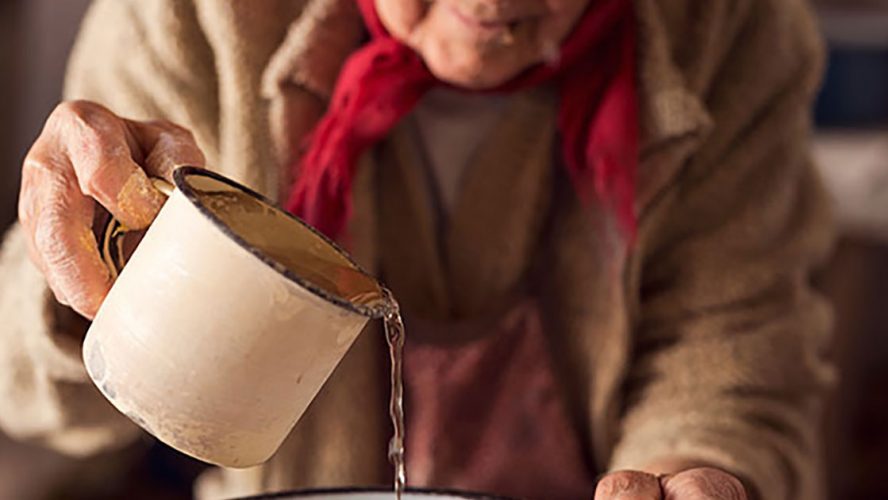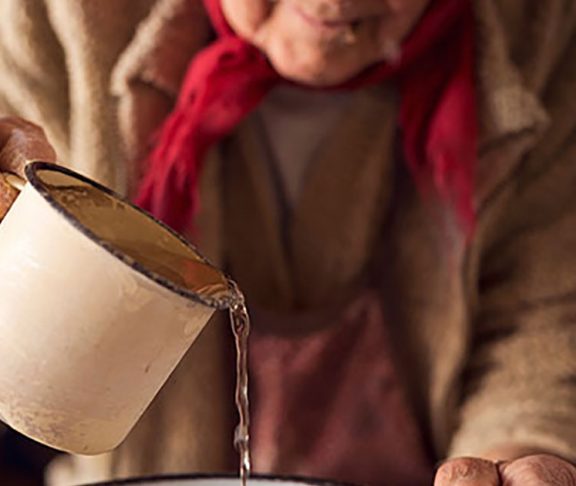Through my travels as a champion for water, sanitation and hygiene, the connection between water and sanitation and the position of women and girls in society has become extremely clear. While this is increasingly acknowledged by decision-makers, there are still myths that need busting before we can achieve gender equality:
1. Gender inequality is only a problem in developing countries
One of the biggest lessons I have learned is that there are good and bad situations everywhere.
I visited Detroit, USA, to learn more about the widespread water disconnections due to unaffordable water bills. I met women who told me they make decisions on what to cook for their families depending on how much water it takes to prepare. They told me of their difficulties when menstruating, just sitting on the toilet and using a small bottle of water to wash themselves.
Meanwhile, in the slums of Dhaka in Bangladesh, I visited a Girls Hygiene Club where they produce recyclable affordable sanitary pads, enabling many other girls and women to attend school and go to work.
No country can claim to have universal access to water and sanitation. All countries have marginalized people that are suffering disproportionately. And all too often they are women or girls.
2. Women do not have the skills to design water services
In many countries, the design of water and waste systems is still the responsibility of men, despite women being responsible for using these services. Involving women in decisions around water and sanitation management increases the likelihood that services are sustainable and affordable, reducing gender inequality.
A specific benefit of involving women and girls in the design of water and sanitation systems is the improved positioning of safe services close to the home, which both would save time and reduce the risk of violence when collecting water or using toilets or latrines.
3. Gender should be addressed as a separate issue
Gender must not be compartmentalized – it must be integrated into all sectors and processes. When planning, developing, budgeting and monitoring national policies and actions, gender cannot be an afterthought.
The Sustainable Development Goals demands the “breaking of silos,” and I see this as having a particular implication for gender. Although gender equality has its own goal (SDG 5), this will only be reached if all other goals and targets are reached, and vice-versa. How can we guarantee education for all girls (SDG 4) without first creating an environment that allows them to attend school, such as having toilets in all educational facilities (SDG 6), raising them out of poverty (SDG 1), ensuring they don’t go hungry (SDG 2), or they don’t live in a country at war (SDG 16)?
Women manage water and sanitation in the home, they invest time in collecting water, they manage family cooking, cleaning and hygiene practices. Women truly know the value of water and must lead on ideas of how to use (and save) it.
Wherever I travel, I see enormous suffering due to poor water and sanitation services, but I also see the resilience and strength of people working together to improve their lives. By allowing women to get involved in improving global water sanitation, the world will be closer to sustainable solutions that also take gender into account.
Catarina de Alburquerque, Executive Chair, Sanitation and Water for All, [email protected]

